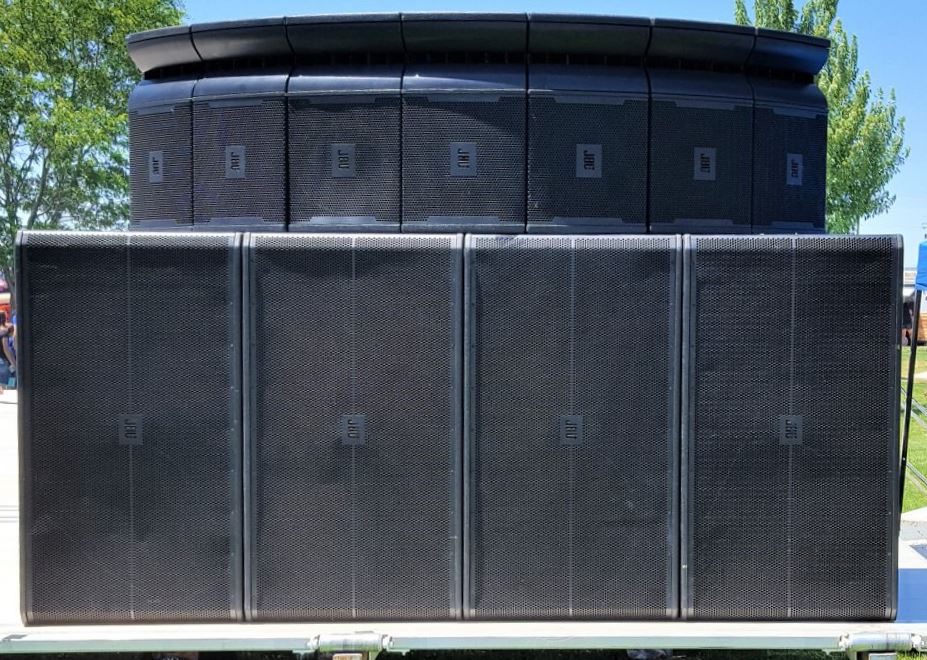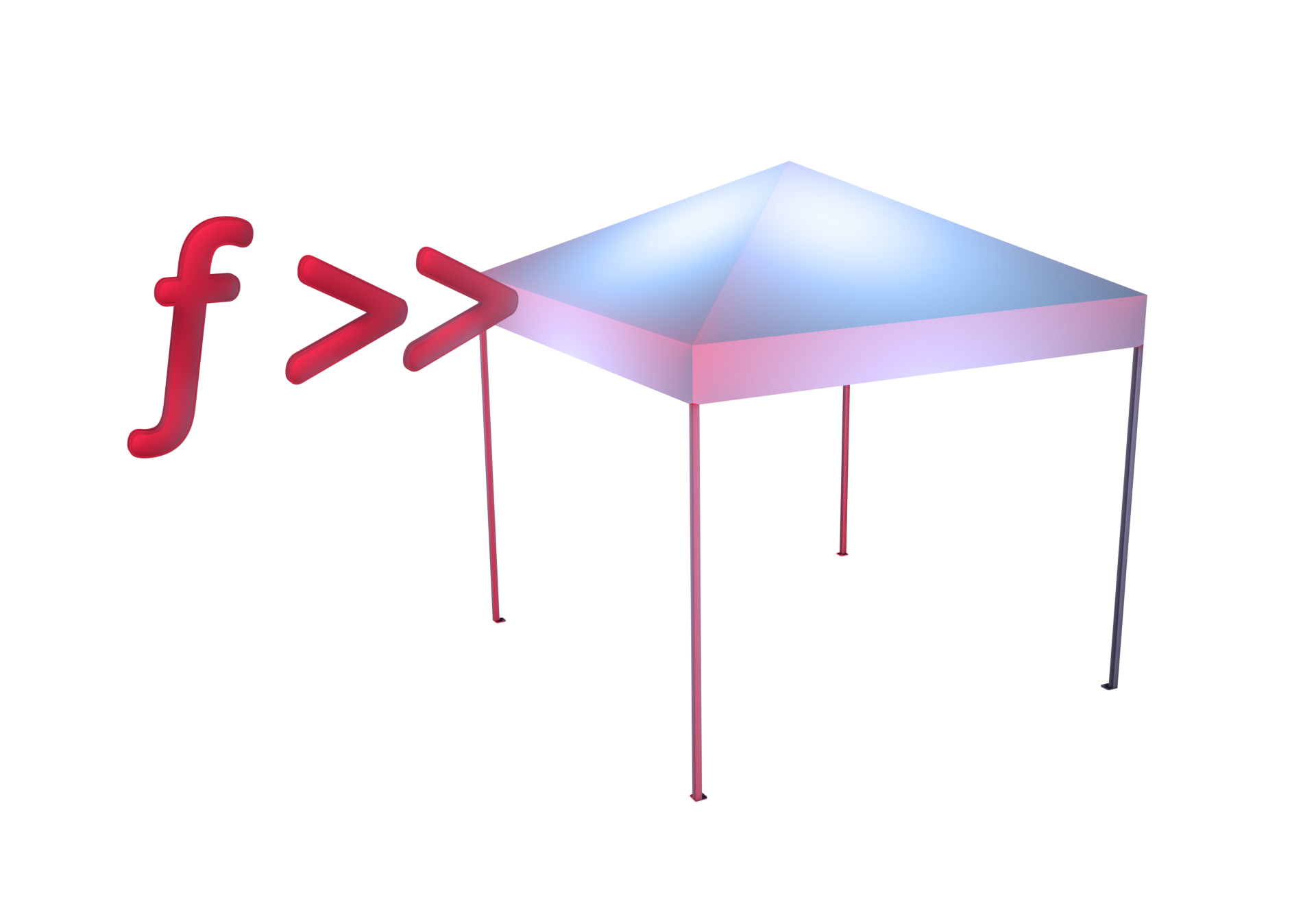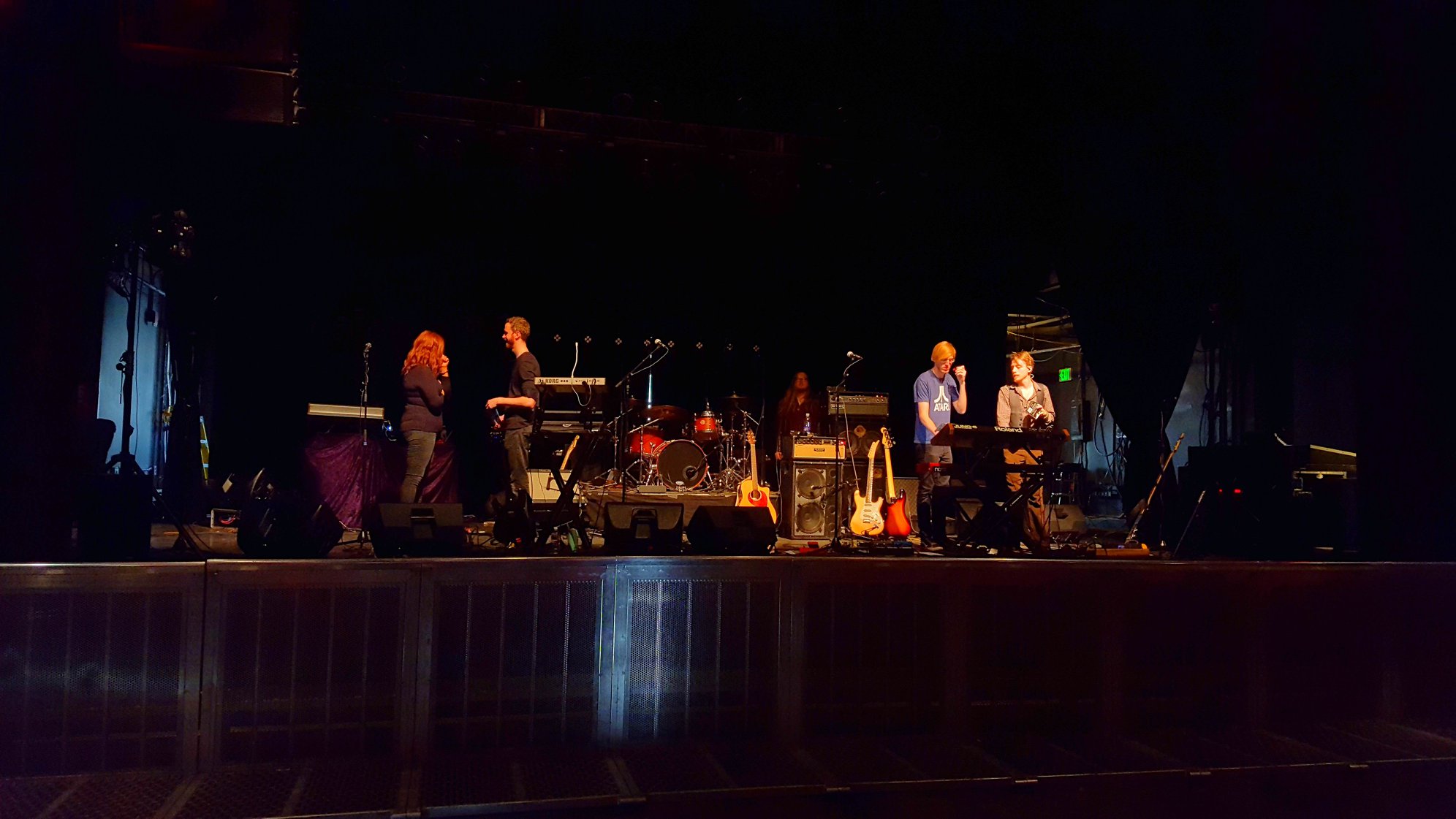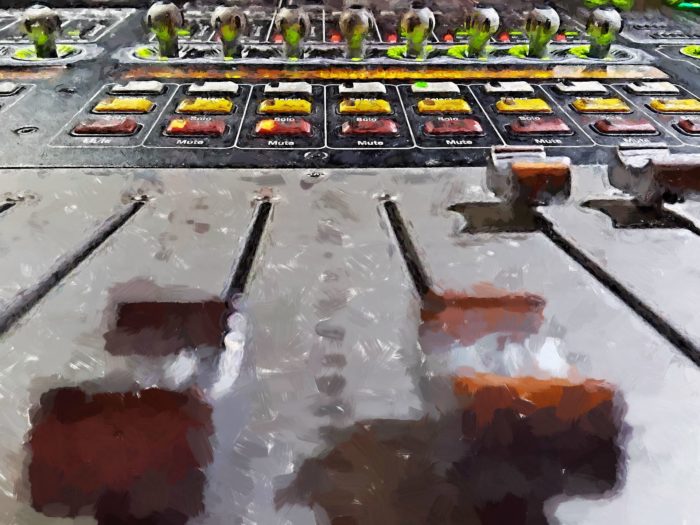Why is a lackluster control surface so expensive?
Please Remember:
The opinions expressed are mine only. These opinions do not necessarily reflect anybody else’s opinions. I do not own, operate, manage, or represent any band, venue, or company that I talk about, unless explicitly noted.

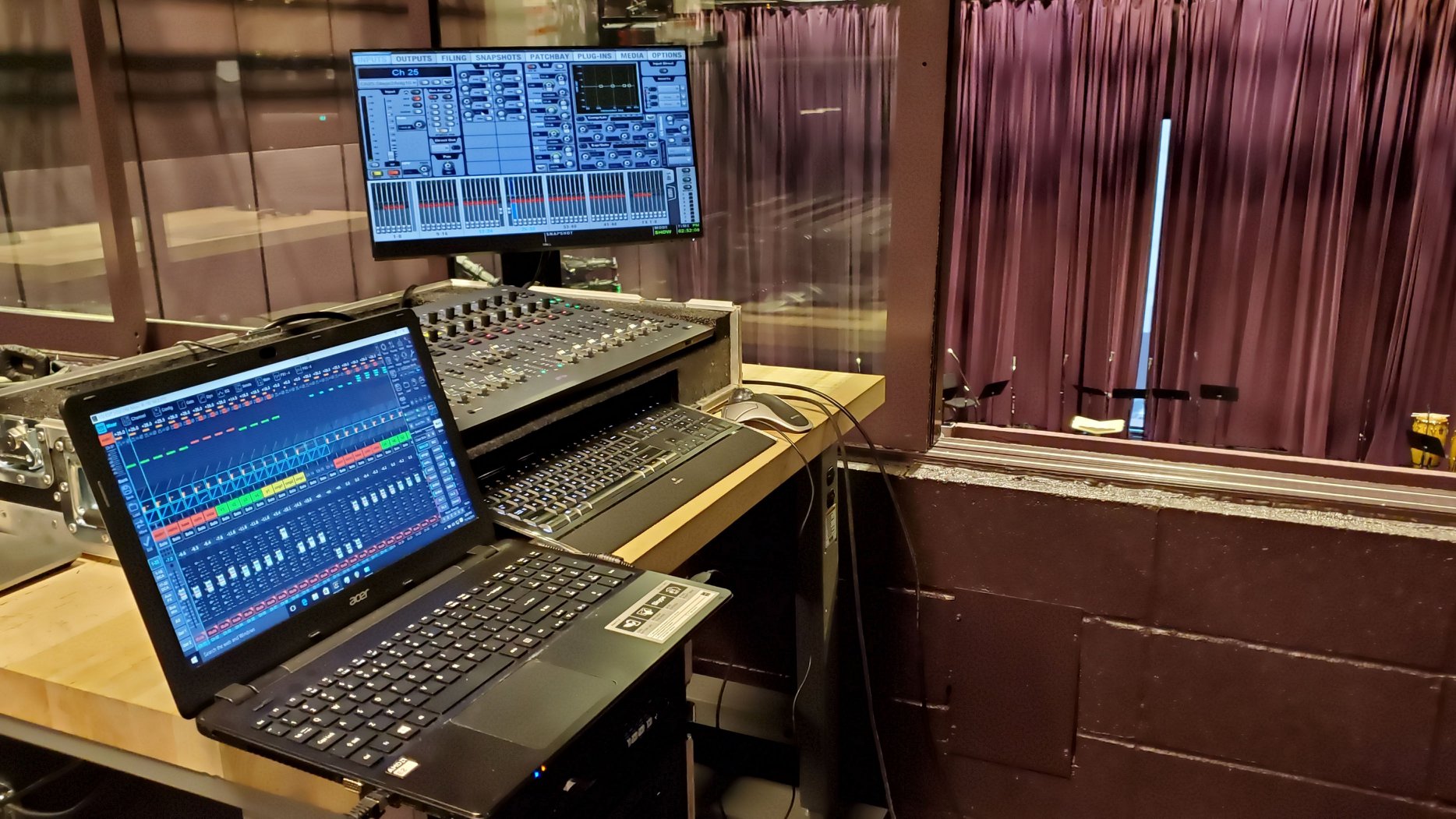 Want to use this image for something else? Great! Click it for the link to a high-res or resolution-independent version.
Want to use this image for something else? Great! Click it for the link to a high-res or resolution-independent version.Last week, I had the privilege of working on a new, all original show at a large arts facility downtown. They have lots of nifty toys in that place, even in the small theater, including an Avid Venue mixing system.
I’ve talked about Venue consoles before. They’re certainly nice, but they have one heck of a price tag. In some ways I get it, and in some ways I don’t.
Here’s what I really don’t get, though. The S3 control surface used for the console in the small theater is a $5000 object.
I didn’t mistype that.
For $5000, you can get an entire Midas console that has all its I/O onboard AND a pretty darn nice surface attached – a surface that’s made for live use. The S3 is just a surface with minimal, “courtesy” I/O. On top of that, it’s just…
*Sigh*
I don’t have this site just to complain, but…
The S3 just doesn’t seem to be all that great in general, and especially not great for live audio.
It’s not that the faders are poor, or anything like that, but they’re faders like any other. There’s nothing exotic about them. You’re not going to have a religious experience manipulating the things. They’re fine, but that’s all.
The rest of the unit is very clearly (by my opinionation, anyway) for a small studio. The rotary encoders are too diminutive. The buttons are disappointingly lacking in surface area as well, and ambiguously labeled because of the S3 having to be usable in many different contexts (rather than being purpose-built for one). There are too many “select” buttons, again, because of the S3 having to handle studio and live duties, and it doesn’t handle its context intelligently: Avid could have built things such that a “select” button without some other corresponding function would just make the associated channel active. That’s not what they did, though. If you want to make a channel active, you have to hit select next to the fader – no other select button will do, even if that button is unassociated.
And about that ambiguous labeling? It’s hard to read because it’s both too small and lacking in contrast. It’s sort of okay when the booth is brightly lit, but when the lights go down you’ll be wondering where things are.
The show I was working on was another case of me bringing an X32 and just using the Venue as an interface to the theater’s FOH rig. As such, I was saved from having to truly lean on the house console. Even so, I saw enough to know that I was glad to not be reliant on the S3. The Avid Venue ACS system (mouse and keyboard control via a monitor) continues to be my preferred method for getting around on Venue consoles…doubly or triply so if an S3 is the provided surface.
To be brutally frank, I don’t understand why the facility spent the money on the surface. The ACS is a million times better. They should have gone for a 40″ TV to display the console interface on, with a really nice mouse and keyboard for manipulation, and then taken everybody on staff out to lunch a couple of times.
Seth Godin would tell me that the S3 isn’t “for me,” and I can respect that. I’m not a physical control surface sort of guy anyway. Even with that, though, I think it’s fair to opine that the S3 doesn’t seem to be for live use, yet it connects to a live-audio system, and GEEZE do they want a bunch of money for what it is.




